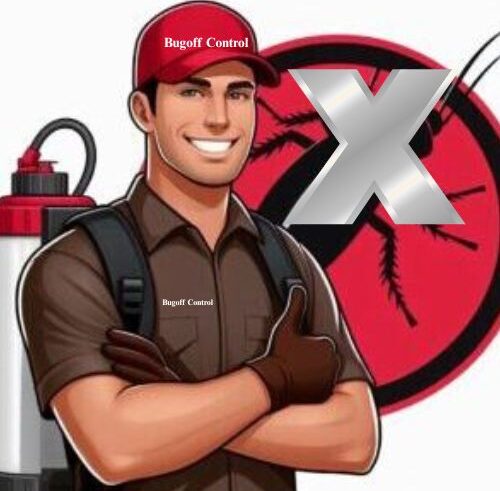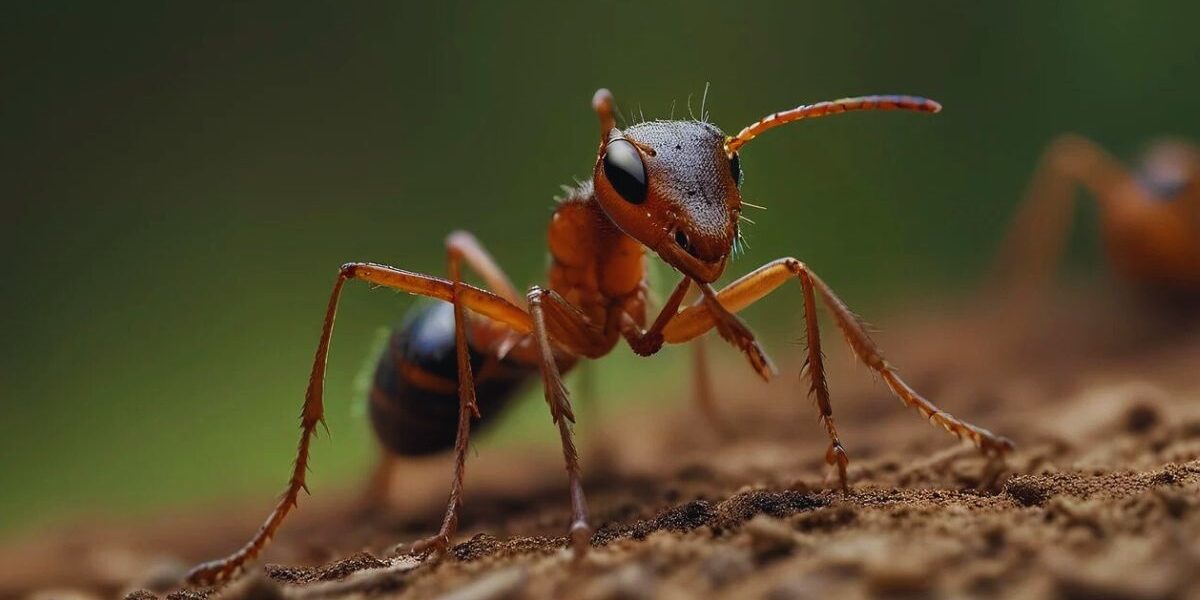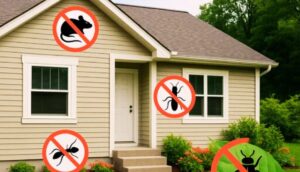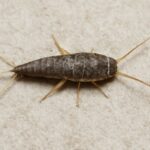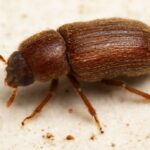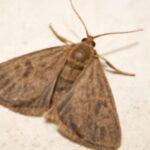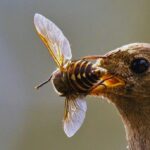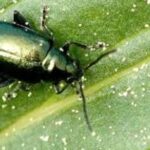How to Get Rid of Argentine Ants
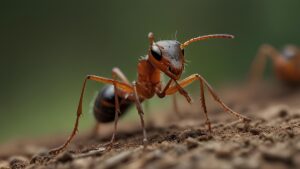
Argentine ants are native to South America and are known to be very aggressive, they have the ability to form large interconnected colonies, displacing, in most cases, populations of native ant species. Argentine ants are generally not harmful to humans or pests because they do not sting or bite like other ant species.
Argentine ants are small and slender, light to dark brown, and are about 1/8 inch long, with a single petiole (node) connecting their thorax to their abdomen. When crushed Argentine ants give off a slightly musty grease odor.
Argentine Ants Habitat
Their natural habitat consists of moist protected areas both out and indoors, for example, they can be found in shrublands, agricultural fields, suburban areas, under mulch, rocks, in soil, wood debris, concrete slabs, fallen logs, near water sources, both natural and man-made, nesting near potted plants, sinks, and pipes, expansion joints, trash areas, in wall voids, cracks, and crevices, damp, moist, wet areas, along sidewalks, under boards and any area that is disturbed by human activity. Most of the time these insects can be found foraging and trailing from outdoors to indoors.
Argentine Ants Diet
Argentine ants prefer greasy or sugary foods, Outdoors they can be found seen in heavy trails on the trunks of shrubs and trees feeding on honeydew that’s produced by scale, mealybugs, aphids, and other garden pest that feeds by sucking the plant’s sap. Honeydew is the secretion or excrement of these sucking insects. Argentine ants have also been known to attack and feed on smaller insects (food sources) such as beetles, spiders, mealybugs, aphids, and caterpillars.
How to Control Argentine Ants Outdoors
When controlling Angertine ants outdoors here are steps to take to reduce their population.
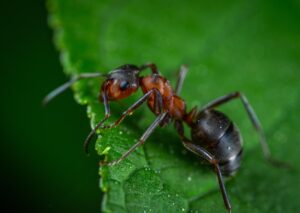
- Inspect your home and seal all entry points including cracks and crevices in the foundation, holes or openings around utility pipes or wires that enter the home can be sealed with caulk.
- Check around door and window frames for damage including screens that need to be repaired.
- Door sweeps should be in place and if damaged replaced.
- Repair leaky pipes and faucets.
- Make sure to empty the saucers of outdoor potted plants.
- Shrubs and trees that are making contact with your building structure including branches and limbs should be trimmed back to about 3 ft because ants like rodents and other insect pests use overhanging branches and limbs as a bridge to get onto building structures followed by seeking an entry point indoors.
- Gutters and downspouts must be clean of leaves and other debris to discourage a buildup of moisture and to allow free water flow.
- Applying Pesticides (Reclaim IT) Outdoors to Control Argentine Ants around walkways, garden beds, around openings in your holes foundation.
- Make sure that your trash container is in good repair with a tight-fitted lid.
- Put out sweet baits and watch Argentine ants trail to their nesting sites, Sweet baits are attractants, often combined with a toxicant like boric acid or borax that will eliminate Argentine ants. These baits can also direct ants away from building structures as they trail back to their nesting site.
- Apply a non-repellant pesticide 2 to 3 ft up the building structure and 3 ft out from the foundation.
How to Control Argentine Ants Indoors
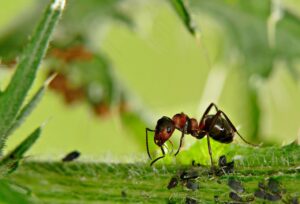
- Before the application of pesticides indoors it’s best to clean up all food particles by sweeping and vacuuming, this would include all areas of the home where foods are prepared and consumed.
- Clean up immediately all water spills including sweet drinks.
- Keep stove and countertops free of grease, especially after preparing meals.
- Don’t leave dishes in the sink overnight, wash them after use.
- Fix any leaky pipes and faucets.
- Make sure to empty the saucers of indoor potted plants.
- Store dry foods especially sweet package foods in air-tight containers.
- Dry dog foods should also be stored in air-tight containers.
- Once your pet finishes eating clean the bowl.
- Make sure that your trash container is in good repair with a tight-fitted lid.
- Use a non-repellent pesticide and spray around door and window frames. Wait until the treated area is dried before allowing kids and pets back into the area. Before spray applications, it is always best to read the
- manfacture’s direction on the product for safety and the best results. Spot treat harborage areas.
- Use a gel bait such as Ant-Trax Ant Bait, and place a pea-sized amount near baseboards, in kitchens, and near entry points.
- Insecticidal dust ( D-Fence Dust) can be puffed into wall voids and behind electrical outlets.
- Apply FiPro to cracks, crevices, and wall voids.
How to Control Prevent Argentine Ants
- Clean up immediately all water spills including sweet drinks.
- Clean up all food particles by sweeping and vacuuming, this would include all areas of the home where foods are prepared and consumed.
- Keep stove and countertops free of grease, especially after preparing meals.
- Don’t leave dishes in the sink overnight, wash them after use.
- Store dry foods especially sweet package foods in air-tight containers.
- Make sure that your trash container is in good repair with a tight-fitted lid.
- Empty the saucers of excess water that drains from indoor potted plants.
Applying Pesticides Indoors to Control Argentine Ants
Additional information
Inspect or scout areas where the customer reports seeing ants to locate possible harborage sites, and follow trailing ants to see where they are going, Argentine ants are known to travel great distances.
Conclusion
The control of Argentine ants will require some work but the time invested will bring these garden pests under control, this guide is here to help you to reduce and eliminate the ant population where they are no longer a nuisance creating for you a pest-free zone.
